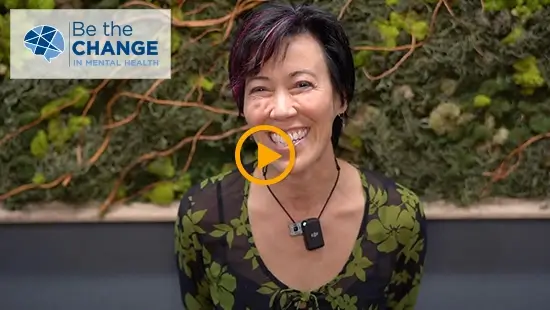
Understanding the Alarming Trend: Veteran Suicide Statistics
The year 2021 marked a critical juncture in understanding the mental health challenges faced by veterans in the United States. The data on veteran suicides during this period not only highlights the gravity of the situation but also underscores the need for comprehensive strategies to address this growing crisis.
Veteran Suicide Statistics: A Deep Dive
Overall Trends: In 2021, suicide ranked as the 13th leading cause of death among veterans overall and the second leading cause for those under 45 years. The year saw 6,392 veteran suicides, an increase of 114 from 2020.
Gender Disparities: The majority of these suicides were among male veterans (6,042), while female veterans accounted for 350 cases.
Rising Suicide Rates: The unadjusted suicide rate among veterans increased to 33.9 per 100,000 in 2021, up from 32.6 per 100,000 in 2020. The highest rates were among those aged 18 to 34 years, followed by the 35 to 54 age group.
Racial and Ethnic Differences: The suicide rate varied significantly across racial and ethnic groups. American Indian or Alaska Native veterans had the highest rate (46.3 per 100,000), followed by White, Asian, Native Hawaiian or Pacific Islander, Black or African American, and veterans of multiple races. Hispanic veterans had a rate of 19.7 per 100,000, compared to 33.4 per 100,000 for other veterans.
Years of Potential Life Lost (YPLL): Suicide was the fourth-leading cause of YPLL in 2019 and the fifth in 2020 and 2021.
Methods of Suicide: Firearms were more commonly used in veteran suicides (72.2%) compared to non-veterans (52.2%). The largest component of the overall veteran suicide rate was firearm suicide mortality (24.5 per 100,000).
Gender Differences in Suicide Methods: Firearm and suffocation suicide mortality rates were higher among male veterans, whereas poisoning suicide mortality was lower for men than for women.
Veterans vs. Non-Veterans: Veterans showed higher rates of firearm and poisoning suicide mortality compared to non-veterans, with particularly high differentials among women.
Veteran Healthcare Users: Recent Veteran Veterans Health Administration (VHA) Users had higher rates of all-cause mortality and leading causes of death, including suicide, compared to other veterans. This group also showed more complex medical and psychosocial needs.
Homelessness and Justice Program Services: Among Recent Veteran VHA Users experiencing homelessness, the suicide rate in 2021 was the highest observed in the period from 2001-2021. A similar trend was seen among those who received Justice Program services.
Priority Eligibility Group and Community Care Services: The highest suicide rate among VHA-enrolled veterans was in Priority Eligibility Group 5. Veterans who received Community Care services had higher suicide rates than those receiving VHA direct care.
VHA and VBA Services: Approximately half of the veterans who died by suicide in 2021 had received VHA or Veterans Benefits Administration (VBA) services. Suicide rates were highest among those who only received VHA services.
Identified Risk Factors: The most frequently identified risk factors in suicides were pain, sleep problems, increased health problems, relationship issues, declines in physical ability, hopelessness, and unsecured firearms in the home.
This data we shared with you provides a sobering insight into the challenges faced by veterans, especially concerning mental health and suicide. These statistics call for a multi-faceted approach that includes improving access to mental health care, addressing specific needs based on demographic factors, and providing targeted support to high-risk groups. Understanding these trends is crucial in shaping policies and interventions to effectively reduce the incidence of veteran suicides and support the well-being of those who have served their country.











